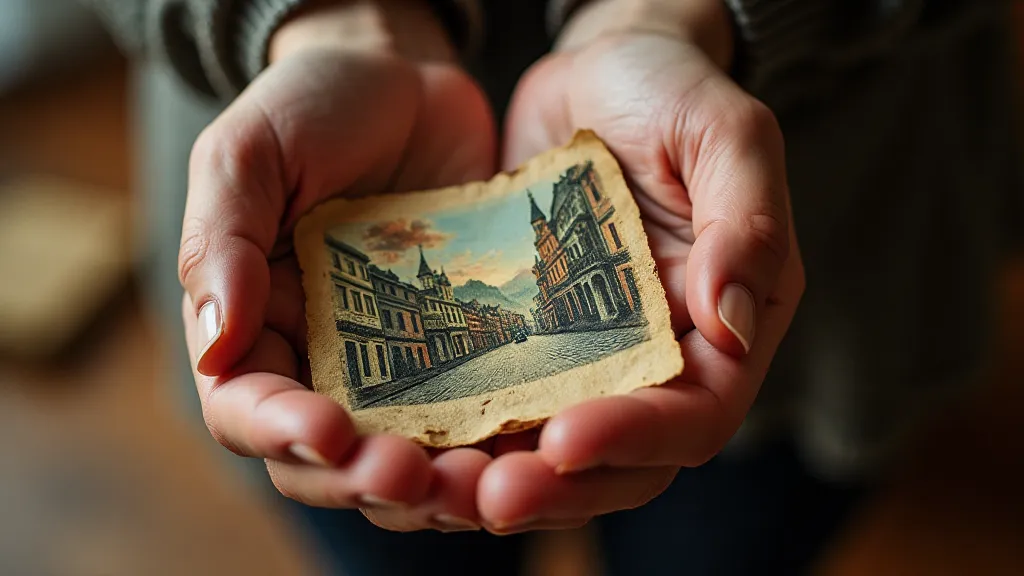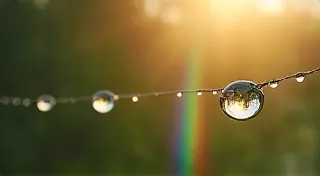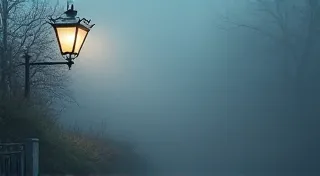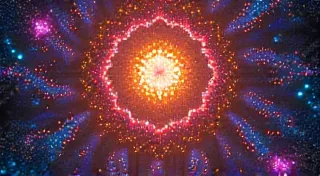A Tapestry of Time: Weaving Color Back into Fragments of the Past
There's a peculiar intimacy in holding an antique postcard. It’s more than just cardboard and a faded image; it’s a whisper from a vanished world. Imagine the sender, the recipient, the moment of connection frozen in time. These glimpses into the past – bustling city streets, quiet country scenes, portraits of strangers – often arrive to us in monochrome, the vibrancy leached away by the relentless march of years. At The Antique Postcard Colorization Studio, we see it as our privilege and our responsibility to gently reintroduce that color, to breathe life back into these fragile fragments of history.
But colorization isn't simply about adding hues. It’s about understanding, interpreting, and ultimately, amplifying the narrative already inherent in the photograph. It’s a process that demands respect for the past, a keen eye for detail, and a solid grasp of color theory – a veritable tapestry of skill and artistry.
The Power of Hue: Beyond Simple Restoration
The common perception is that photo restoration is purely technical—a matter of removing scratches and adjusting contrast. While those technical skills are undoubtedly crucial, true postcard colorization transcends mere repair. It’s about informed artistic choices. Consider, for instance, a photograph of a Victorian-era street market. Simply adding vibrant reds and greens to the fruits and vegetables feels superficial. A skilled colorizer will research the dyes available at the time, the prevalent clothing styles, the common building materials. They’ll consider the social standing of the people depicted – a wealthier merchant would likely wear higher-quality fabrics, for example, with richer, more saturated colors.
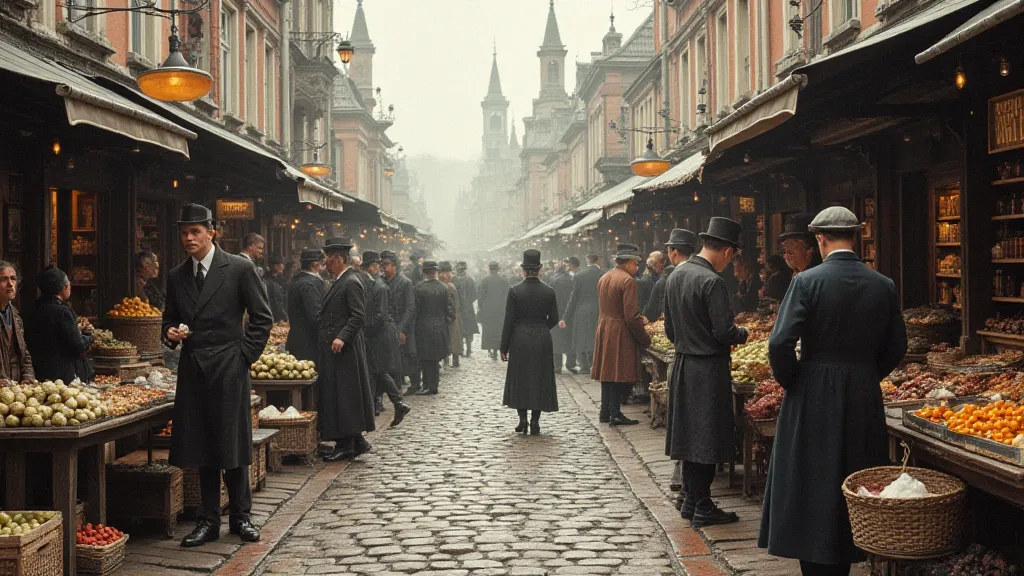
Color choices aren't arbitrary; they subtly shape our understanding of the era. A desaturated palette might suggest a period of hardship or austerity. Conversely, a bold and expressive color scheme can convey optimism and prosperity. This isn’t about imposing a modern sensibility onto the past; it’s about unlocking the visual cues already present within the photograph, often obscured by the monochrome process.
The Narrative Arc of a Postcard: A Window into Life
The composition of an antique postcard is rarely random. The photographer, even with limited technology, made deliberate choices about what to include and exclude. A carefully positioned subject, a particular angle of view, a subtle detail in the background – all contribute to the story the postcard tells. Colorization must honor and enhance this narrative arc.
I recall working on a postcard depicting a group of children playing in a rural field. The original black and white image was somewhat grainy and lacked emotional clarity. Through careful colorization, I chose to emphasize the vibrant hues of the wildflowers, the warmth of the sunlight on the children’s faces, and the subtle variations in their clothing. This wasn’t about creating a “perfect” picture; it was about amplifying the sense of carefree joy and innocence that the original photograph hinted at.
The choice of color can even alter the perceived social dynamic within the image. A faded, muted color scheme for the background might emphasize the prosperity of the central figures, highlighting the disparities within society. This is a powerful tool for a colorizer, but one that demands careful consideration and a deep understanding of the historical context.
The Art of Research and Informed Choice
The most crucial element of responsible postcard colorization is research. It’s not enough to simply guess at the colors; we delve into historical records, fashion plates, paint samples, and even contemporary accounts to ensure accuracy. We pore over descriptions of clothing dyes, building materials, and even the types of flowers that were commonly grown in a particular region.
This commitment to accuracy isn't merely about achieving historical fidelity; it’s about demonstrating respect for the people and places depicted. We strive to create images that are both visually stunning and historically informative, allowing viewers to connect with the past on a deeper, more meaningful level.
Craftsmanship and the Digital Palette
While the digital tools we employ have evolved dramatically over the years, the underlying principles of colorization remain unchanged. It still requires a trained eye, a steady hand, and a profound appreciation for detail. We use a layered approach, carefully building up the color gradually, paying close attention to light and shadow.
The digital palette allows us to experiment with different color schemes and refine our work with incredible precision. However, we are always mindful of the limitations of the medium. We strive to create images that feel natural and organic, avoiding the harshness and artificiality that can sometimes plague digital manipulations.
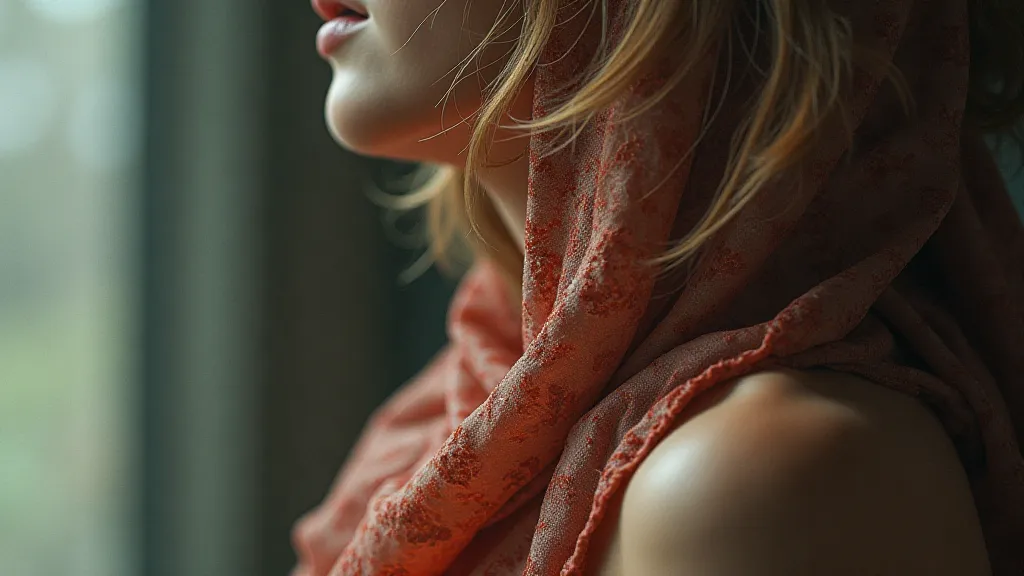
Beyond Restoration: Collecting and Appreciating History
For collectors of antique postcards, colorization presents a unique opportunity to experience these historical glimpses in a new light. While some purists may prefer the original monochrome images, colorized postcards can provide a more immediate and emotionally engaging connection to the past.
Moreover, the process of colorization often reveals details that might otherwise be overlooked. A subtle pattern on a building, a unique style of clothing, a fleeting expression on a person’s face – these details can provide valuable insights into the social, economic, and cultural life of the era.
Preserving Memories, One Hue at a Time
At The Antique Postcard Colorization Studio, we see ourselves as more than just technicians; we are custodians of history, artists preserving memories, and storytellers amplifying voices from the past. Each colorized postcard is a testament to the enduring power of images to transport us to another time and place, to connect us to the people who came before us, and to remind us of the beauty and fragility of human experience.
